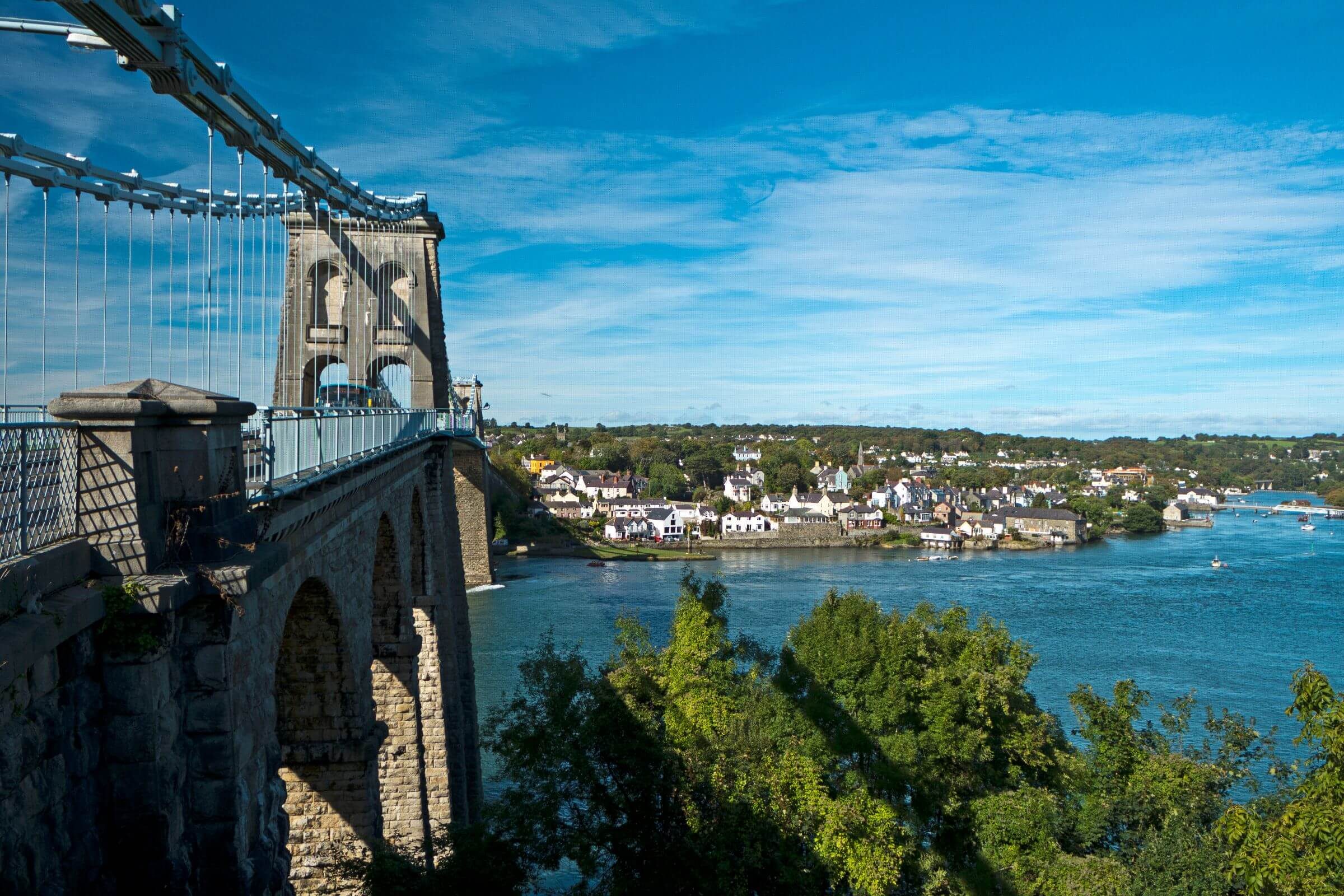The coastline from Prestatyn to Bangor was, before the coming of the railways, littered with small fishing villages. During the 19th century, as the hours of mill workers from the industrial towns of Lancashire and the Midlands were reduced, the concept of an annual holiday, albeit in some cases just the odd day at the seaside, became widespread. Served by the newly-built railway network, the fishing villages expanded to accommodate visitors. Boarding houses and hotels were built for society visitors coming to take the sea air, and amusements and entertainment were soon a regular feature. Llandudno still retains much of its Victorian and Edwardian charm, while other resorts,
such as Rhyl, have tried to counter the unsettled British summer weather with the creation of indoor complexes. The coast of North Wales draws visitors in their thousands to its holiday resorts, but this very traditional region, where Welsh is still spoken on a daily basis, has many other treasures, both man-made and natural. Prestatyn, to the east, lies at one end of Offa’s Dyke (see Prestatyn). Built more as a line of demarcation rather than a fortification, the dyke runs from the coast southwards to Chepstow. Still substantially marking the border with England, many sections of the ancient earthwork are visible and can be seen from the waymarked footpath that runs the length of the dyke. It was also along the coast that Edward I built his Iron Ring of castles and while many are in ruins, two in particular are exceptional. Conwy Castle, now a World Heritage Site,
was built in such a position that the surrounding land provides suitable protection from attack. Caernarfon Castle, as much a royal residence as a fortress, was the place where Edward, in 1301, crowned his son (later Edward II) as Prince of Wales. There were princes before this. In 1218 Llywelyn the Great and his descendents were given the title by his brother-in-law, Henry III of England. However, Edward II was the first heir to the English throne to have the title bestowed on him.
Centuries later, in 1969, it was in the grounds of the splendid castle ruins that Queen Elizabeth invested the same title on her eldest son, Prince Charles. Caernarfon and Bangor lie at opposite ends of the Menai Strait, the channel of water that separates mainland Wales from the Isle of Anglesey.
It was not until the 19th-century that a bridge was constructed across the strait, and Thomas Telford’s magnificent Menai Suspension Bridge of the 1820s was joined, some 30 years later, by Stephenson’s Britannia Bridge. Two great monuments to 19th century engineering, the bridges still carry traffic, both road and rail. The Isle of Anglesey, with its rolling hills, fertile farmland and miles of wild and craggy coastline, has attracted settlers from the Stone Age onwards and is littered with evidence of Neolithic, Bronze Age and Iron Age people. Anglesey has its impressive castle, Beaumaris, built by Edward I to repel invasion from its neighbours. Today’s invaders are largely tourists and holidaymakers, attracted by the elegant seaside resorts, the fishing, the sailing and the walking.

